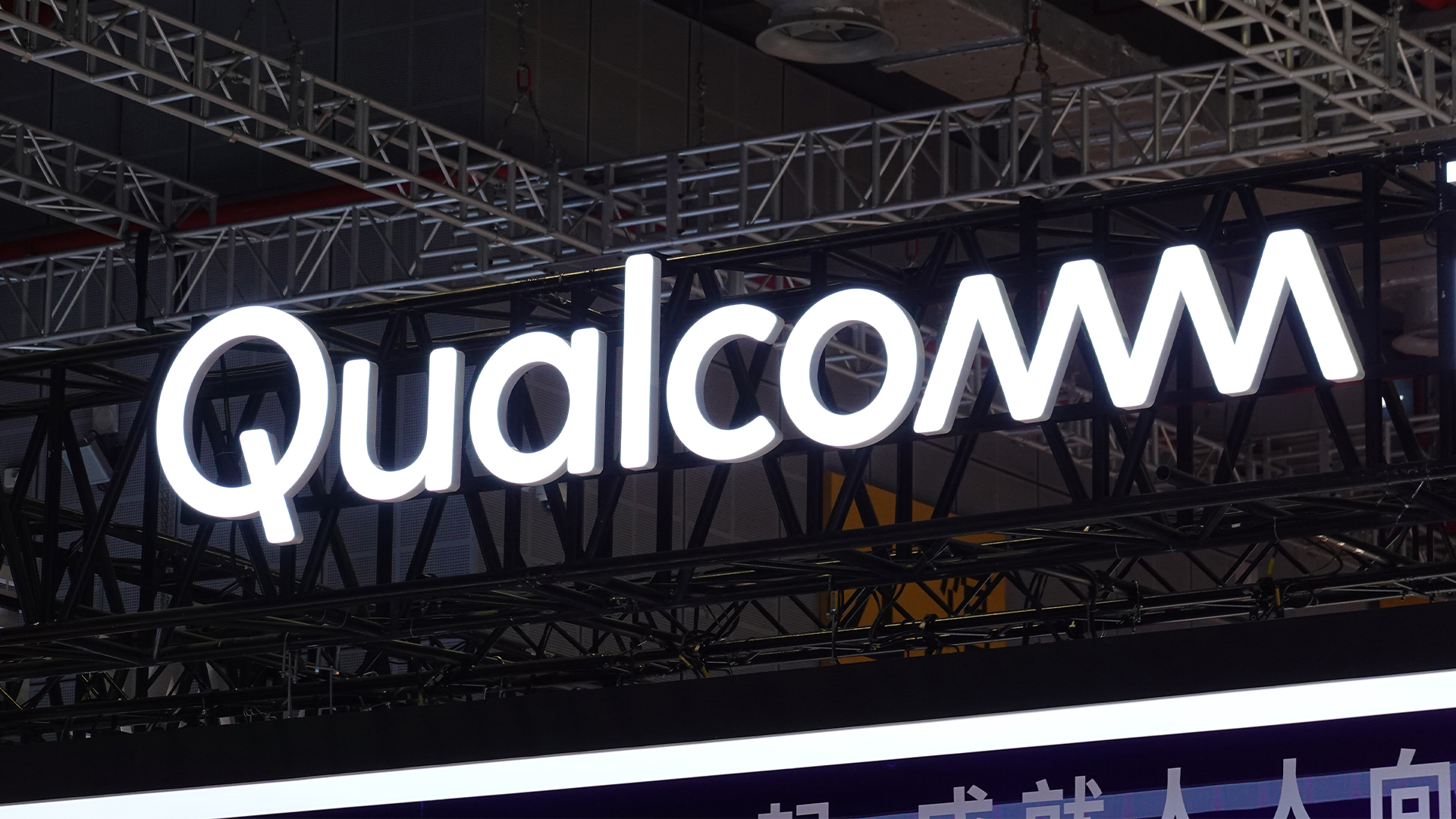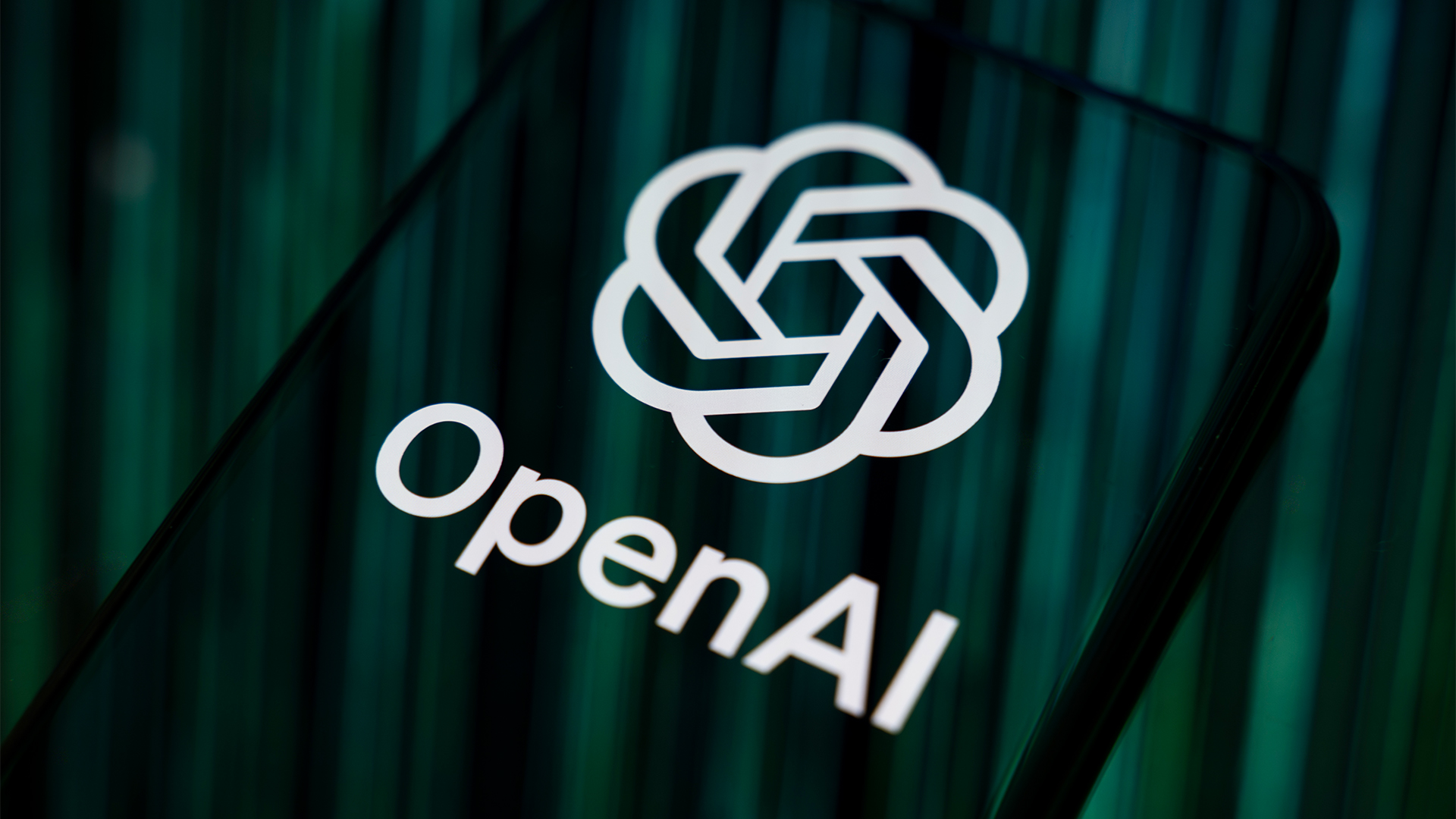Fujitsu Primergy BX400 S1 review
Fujitsu's new Primergy BX400 S1 blade server is a complete data centre on wheels for SMBs. However, HP sells a very similar system, the c3000 Shorty. Is the new Primergy a match for the Shorty? Dave Mitchell finds out in our exclusive review.
It's taken a long time for Fujitsu to respond to HP’s c3000 but the wait looks worthwhile. Although Fujitsu's server blade choices aren’t as extensive as HP’s, the BX400 S1 is equally well built, just as easily managed and its very low operational noise levels makes it highly suited to life in the office.

The BX922 has two internal cold-swap SFF SATA disks and twelve DIMM slots supporting up to 192GB of RAM. The BX924 blade supports up to 288GB of memory, but to make room for the eighteen DIMM slots it has two SATA SSDs fitted in cut-outs in the processor heatsinks.
This blade is aimed at virtualisation duties and supports remote booting or loading a hypervisor from an internal USB flash module. The other two blades have embedded four-port Gigabit Ethernet controllers, but the BX924 has two 10-Gigabit Ethernet ports.
All server blades have a riser tray at their rear that accepts a pair of mezzanine cards. Fujitsu currently offers Gigabit, 10-Gigabit, Brocade Fibre Channel and InfiniBand cards.
For storage blades you have the SX940 four-bay hot-swap model which occupies a single slot and uses a direct PCI Express connection via the chassis mid-plane to the server blade below it. The new SX960 is a double-height ten disk version, while for local backup there's the SX910 which has an LTO tape drive.
The soon to be launched VSX960 blade provides storage virtualisation services and comprises BX920 control and SX960 storage blades. The BX920 runs NetApp's Data ONTAP-v software in a VMware ESX virtual machine and presents the SX960 storage resources as NAS shares and iSCSI targets.
Four interconnect bays are available and Fujitsu offers a good range of connection options including Gigabit Ethernet, 10-Gigabit Ethernet, InfiniBand and 8Gbps FC blades. The chassis mid-plane is split into three fabrics with the first connecting to the embedded network ports on each blade. Fabrics 2 and 3 link directly to the server blade mezzanine cards.
Power consumption is very low and we measured the chassis with two supplies drawing only 136W. With BX920, BX922, BX924 servers and one SX960 storage blade powered up, total consumption only rose to around 520W.
Sign up today and you will receive a free copy of our Future Focus 2025 report - the leading guidance on AI, cybersecurity and other IT challenges as per 700+ senior executives
Dave is an IT consultant and freelance journalist specialising in hands-on reviews of computer networking products covering all market sectors from small businesses to enterprises. Founder of Binary Testing Ltd – the UK’s premier independent network testing laboratory - Dave has over 45 years of experience in the IT industry.
Dave has produced many thousands of in-depth business networking product reviews from his lab which have been reproduced globally. Writing for ITPro and its sister title, PC Pro, he covers all areas of business IT infrastructure, including servers, storage, network security, data protection, cloud, infrastructure and services.
-
 Qualcomm the data center with $2.4 billion Alphawave Semi acquisition
Qualcomm the data center with $2.4 billion Alphawave Semi acquisitionNews The move sees Qualcomm absorb Alphawave Semi’s portfolio of custom silicon, high-speed connectivity solutions, and chiplets
By Daniel Todd Published
-
 ‘If software development were an F1 race, these inefficiencies are the pit stops that eat into lap time’: Why developers need to sharpen their focus on documentation
‘If software development were an F1 race, these inefficiencies are the pit stops that eat into lap time’: Why developers need to sharpen their focus on documentationNews Poor documentation is a leading frustration for developers, research shows, but many are shirking responsibilities – and it's having a huge impact on efficiency.
By Ross Kelly Published
-
 OpenAI says GPT-5.2-Codex is its ‘most advanced agentic coding model yet’ – here’s what developers and cyber teams can expect
OpenAI says GPT-5.2-Codex is its ‘most advanced agentic coding model yet’ – here’s what developers and cyber teams can expectNews GPT-5.2 Codex is available immediately for paid ChatGPT users and API access will be rolled out in “coming weeks”
By Ross Kelly Published
